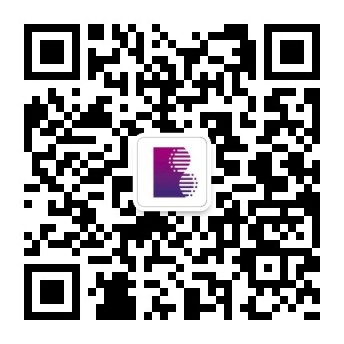
86-311-87881081
Chinese
Ankyrin is a membrane protein that mediates the attachment of the erythrocyte membrane skeleton to the plasma membrane and interacts with CD44 and inositol triphosphate. It contains three functional domains: a conserved N-terminal ankyrin repeat domain (ARD(consisting of 22–24 tandem repeats of 33 amino acids), a spectrin binding domain and a variably sized C-terminal regulatory domain. The ankyrin repeat is a 33-residue motif in proteins consisting of two alpha helices separated by loops. It has been studied using multiple sequence alignment to determine which conserved amino acid residues are critical for folding and stability. Ankyrin-repeat proteins have been associated with a number of human diseases; most notably, the cell cycle inhibitor p16 is associated with cancer and the Notch protein is a key component of cell signaling pathways whose intracellular repeat domain is disrupted in mutations that give rise to the neurological disorder known as CADASIL.
May recruit HDACs to the p160 coactivators/nuclear receptor complex to inhibit ligand-dependent transactivation.
Defects in ANKRD11 are the cause of KBG syndrome (KBGS) [MIM:148050]. A syndrome characterized by macrodontia of the upper central incisors, distinctive craniofacial findings, short stature, skeletal anomalies, and neurologic involvement that includes global developmental delay, seizures, and intellectual disability.
If you have any questions, please contact us at 7*24 hours service
